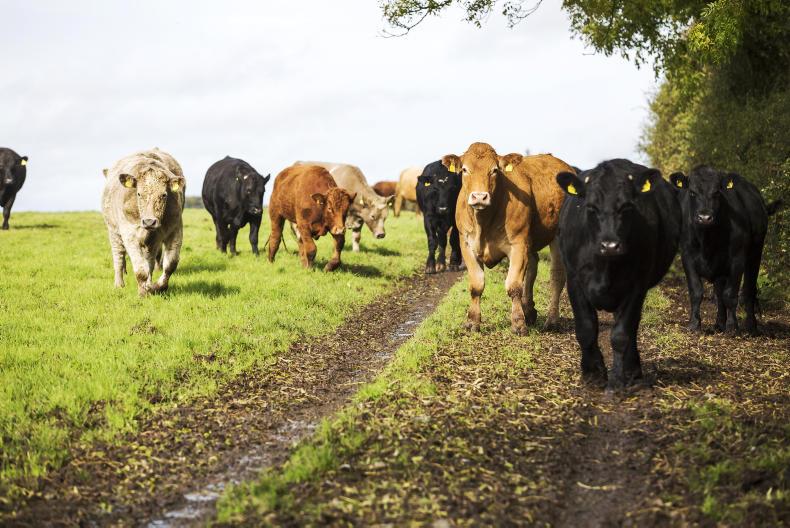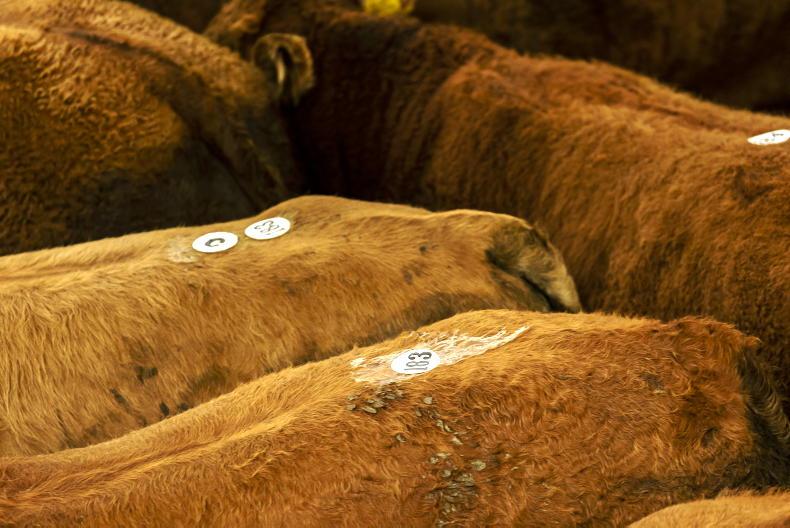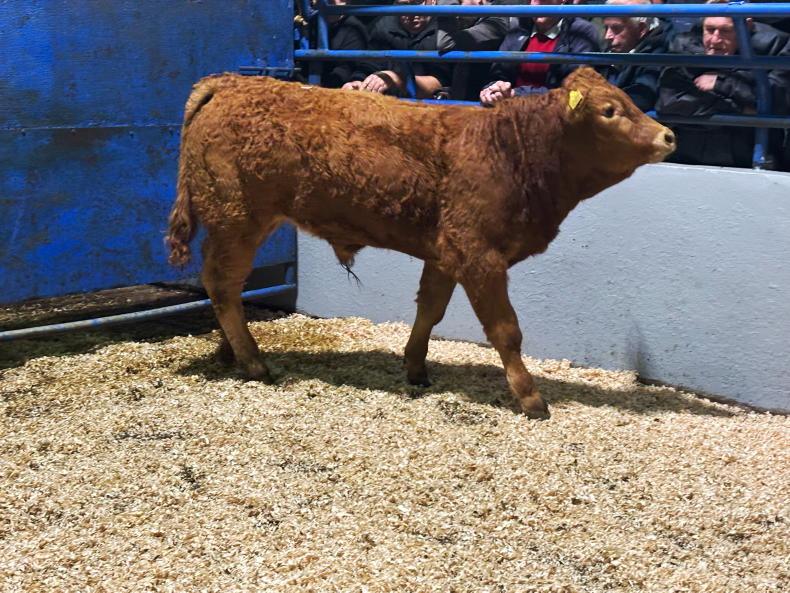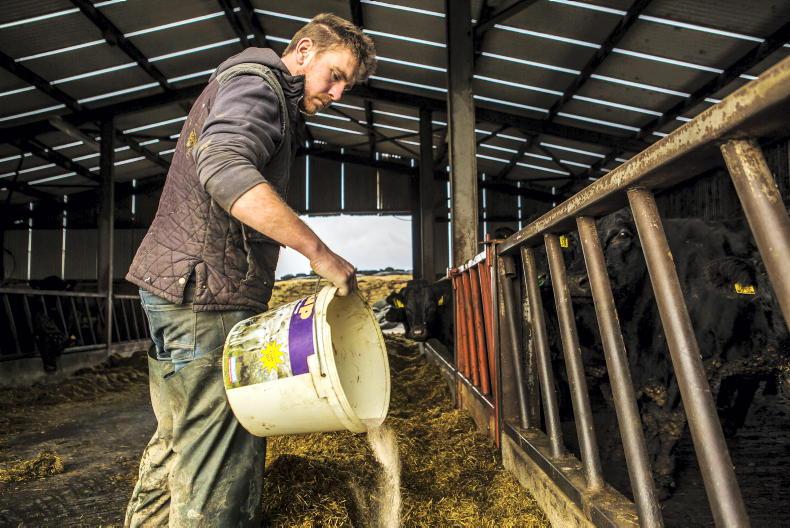The last week has caused a significant change in grazing circumstances across the country.
As predicted, heavy rain in many parts of the country over the last week has caused ground conditions to deteriorate.
So, with many farms now beginning to run out of grass and underfoot conditions coming under pressure, but grazing can still be an option.
November grazing
It is worth having a quick think about what stock needs to be housed and when. If there are good grass covers left on the farm, try to leave as much light stock out as possible.
If trying to keep stock out, clever management will be required.
Try to allocate fresh grass daily, or at least every two days, to keep stock settled. Strip-grazing is the best method. Ideally, a back fence should be erected to prevent grazing regrowths or poaching in already grazed ground.
This may be limited by access to water points, but if enough of the farm has already been closed at this stage, ideally 60%, I wouldn’t be too worried about grazing some regrowths now. These fields will be a good destination for slurry next spring.
Another thing worth considering is reducing group sizes. Where larger groups have been grazing together during the summer, break them up into smaller numbers to reduce stocking rate and take pressure off soft ground.
When housing, it is a good opportunity to pen spring-calving, dry cows appropriately. Often this is a job left on the long finger, but on farms where silage is scarce, body condition-scoring cows and restricting those in very good condition could help to stretch fodder supplies even further this winter.
Target BCS for spring-calving cows is 2.5 at calving and three at housing.
Animals above this can afford to lose some condition over winter by silage restriction and supplementation with straw.
When restricting silage, ensure there is enough feeding space for each animal.


Read more
Grass+: wet spell ends grazing year for some
The last week has caused a significant change in grazing circumstances across the country.
As predicted, heavy rain in many parts of the country over the last week has caused ground conditions to deteriorate.
So, with many farms now beginning to run out of grass and underfoot conditions coming under pressure, but grazing can still be an option.
November grazing
It is worth having a quick think about what stock needs to be housed and when. If there are good grass covers left on the farm, try to leave as much light stock out as possible.
If trying to keep stock out, clever management will be required.
Try to allocate fresh grass daily, or at least every two days, to keep stock settled. Strip-grazing is the best method. Ideally, a back fence should be erected to prevent grazing regrowths or poaching in already grazed ground.
This may be limited by access to water points, but if enough of the farm has already been closed at this stage, ideally 60%, I wouldn’t be too worried about grazing some regrowths now. These fields will be a good destination for slurry next spring.
Another thing worth considering is reducing group sizes. Where larger groups have been grazing together during the summer, break them up into smaller numbers to reduce stocking rate and take pressure off soft ground.
When housing, it is a good opportunity to pen spring-calving, dry cows appropriately. Often this is a job left on the long finger, but on farms where silage is scarce, body condition-scoring cows and restricting those in very good condition could help to stretch fodder supplies even further this winter.
Target BCS for spring-calving cows is 2.5 at calving and three at housing.
Animals above this can afford to lose some condition over winter by silage restriction and supplementation with straw.
When restricting silage, ensure there is enough feeding space for each animal.


Read more
Grass+: wet spell ends grazing year for some












SHARING OPTIONS